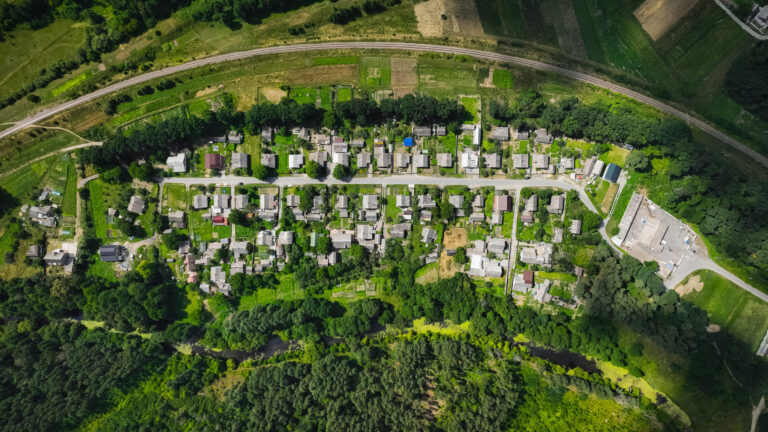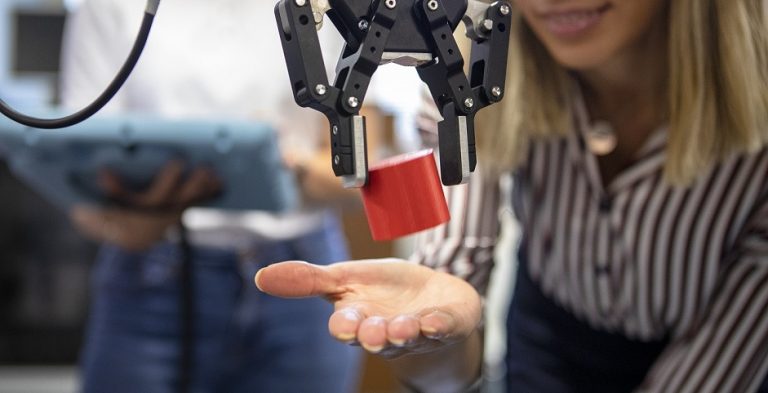
Humans, Technology and the Evolving Living Environment
Human-centered and systemic development of technology and the living environment
We strengthen human capabilities through modern technology to address changes in the social, economic, technological, and ecological living environment. At the same time, we support adaptation to these changes and the creation of ecologically sustainable, accessible, and community-enhancing environments – without forgetting the conditions for a good life.
Our goal is to strengthen team performance, work productivity, well-being at work, and the competitiveness of companies through new technologies. We develop solutions especially for urban environments, where changing resident needs, technological development, and environmental issues create new kinds of challenges and opportunities.
Through our research, we promote the following:
- We are developing five internationally pioneering wearable technology innovations with significant business potential across various sectors – our aim is to achieve these by 2030.
- We promote the adoption of collaborative robots working with humans in companies by 30% by 2030, thereby improving productivity and competitiveness.
- We strengthen interaction and interoperability between residents, administration, and the environment through five projects or pilots related to urban development by 2030.
- We renew scientific understanding of the interaction between humans and technology through multidisciplinary, empirical, and theoretical research – providing a foundation for the development of professional practices and education.
We aim to strengthen human capabilities in four areas:
- Social capability and interaction – through smart textiles
- Physical capability and well-being at work – through wearable robotics
- Capability for productivity and performance – supported by collaborative robots
- Capability to manage and develop the built environment and its systemic change in a scalable way
- Where do we operate? Who benefits from our work?
We collaborate across a wide range of sectors, including manufacturing, natural resources, food, commerce and logistics, well-being, urban planning, defense, and e-sports. We develop solutions together with various companies, municipalities, communities, and end users.
In our research, we apply human-centered and systemic design, as well as experimentation-based development. We create useful and human-supportive technologies and environments – together with stakeholders and end users.
The focus area consists of three research groups:
- Future Wearables Lab
- Robotics Empowering Intelligent Workplace Innovations
- Scalable City
Our projects

Climate-resilient Suburban Areas (ILPI)
The reduction in plot sizes, maximization of floor area, and the increase in driveways and parking spaces have significantly decreased vegetation. The Climate-Resilient Suburban Areas (ILPI) project aims to identify threshold values for densification that allow suburban vegetation cover to be preserved.

Green Sector Practices and Nature-Based Solutions (VIRKEÄ)
The goal of the project is to identify decision-making chains and key individuals in municipal governance that influence the adoption of nature-based solutions. Additionally, the project provides targeted training and supportive materials to address identified challenges and promote the use of nature-based solutions.

Nursery Products for Restoration and Supporting Biodiversity (LUMOTAIMI)
We focus on developing plant production and green industry practices in the project to support biodiversity and ecological restoration. The project places particular emphasis on deciduous forest vegetation. The goal is to increase the availability and traceability of local native plants and to develop plant products suitable for restoration efforts.

Contact us




